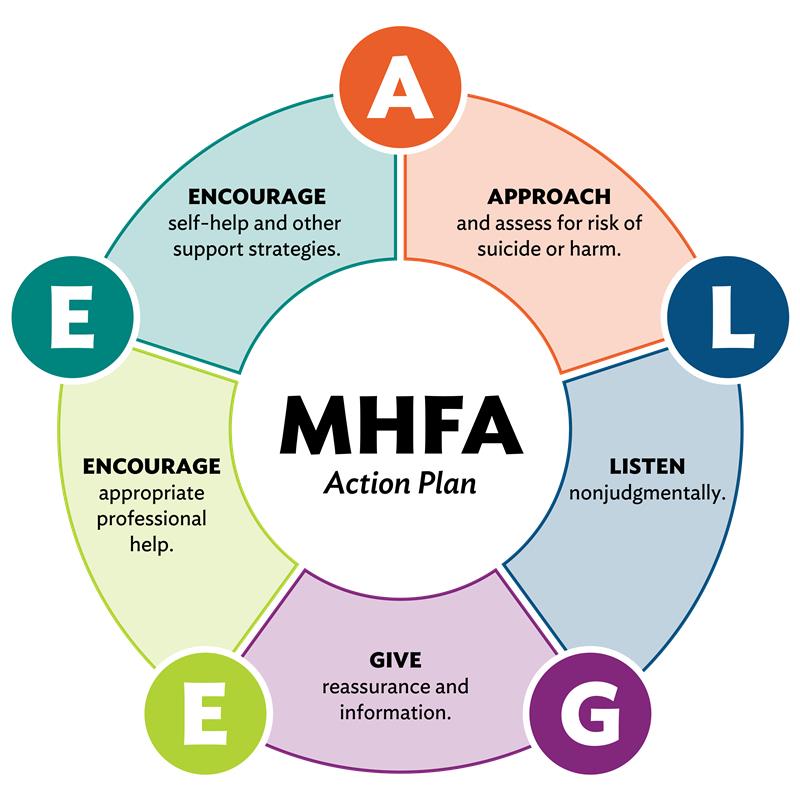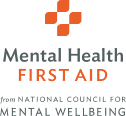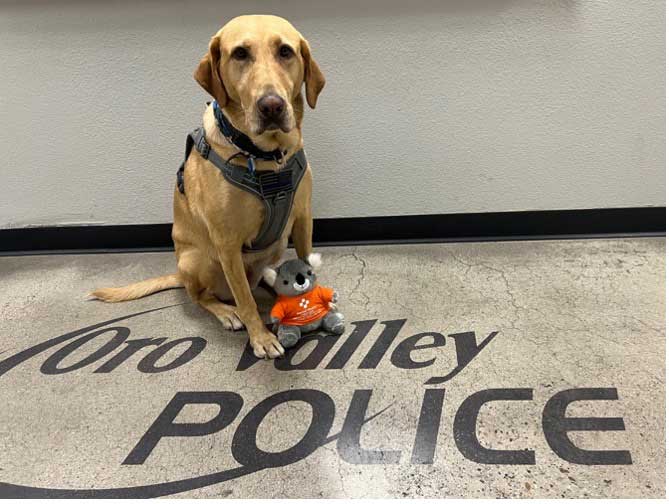What is ALGEE? It’s that green stuff in the water, right? Close — that’s algae. ALGEE is an action plan developed by Mental Health First Aid to guide anyone as they assist someone experiencing a mental health or substance use challenge in crisis and non-crisis situations.
We learn how to help ourselves and each other if an injury or illness happens –pressure to stop bleeding, ibuprofen for a fever, going to the doctor for medication. But if someone you know is experiencing a mental health or substance use challenge, it can be difficult to know the right thing to do or say.
Mental Health First Aid (MHFA) gives you the skills — and an action plan — so you know just what to do in that situation. The MHFA Action Plan (ALGEE) is a five-step action plan anyone learn and use to help someone in need, just as you would if you were administering first aid for a fall.
Jason Cash is a first responder with the Long Beach Fire Department in Long Beach, California, explains how ALGEE has had an impact on his life: “I use ALGEE in every conversation that I have, whether it’s with people experiencing homelessness, other first responders or friends and family. It’s part of my life now.”
Jason is not alone. More than 4 million people across the country are certified in MHFA and use ALGEE Plan to support those around them.
The 5 Steps of the MHFA Action Plan (ALGEE)

What does ALGEE mean? The MHFA Action Plan has five steps, which can be used in any order for a non-crisis situation.
- A – Approach, assess for risk of suicide or harm. Try to find a suitable time or place to start the conversation with the person, keeping their privacy and confidentiality in mind. If the person does not want to confide in you, encourage them to talk to someone they trust.
- L – Listen nonjudgmentally. Many people experiencing a challenge or distress want to be heard first, so let the person share without interrupting them. Try to have empathy for their situation. You can get the conversation started by saying something like, “I noticed that …” Try to be accepting, even if you don’t agree with what they are saying.
- G – Give reassurance and information. After someone has shared their experiences and emotions with you, be ready to provide hope and useful facts.
- E – Encourage appropriate professional help. The earlier someone gets help, the better their chances of recovery. So, it’s important to offer to help this person learn more about the options available to them.
- E – Encourage self-help and other support strategies. This includes helping them identify their support network, programs within the community, and creating a personalized emotional and physical self-care plan.
It is important to remember that there is no one-size-fits-all approach to executing the MHFA Action Plan — you don’t even have to use every single step to provide support — and every situation will be different.
If you are ever in a crisis situation where the person you are supporting is thinking about harming themself or others, or is acting erratically, call 911 immediately, and tell the dispatcher that responders with specific training in mental health or crisis de-escalation are needed. In non-crisis situations, you can go through the MHFA Action Plan and offer support to the person in need.
Regardless of the nature of the situation, staying calm is crucial as you offer support. Remember that your role is not to diagnose someone or solve the problem, but instead to provide support and information.
Training in Mental Health First Aid teaches you the skills to identify and respond, using ALGEE, to the signs and symptoms of a mental health or substance use challenge. Join over 4 million certified First Aiders to #BeTheDifference and truly help someone who may need it.



